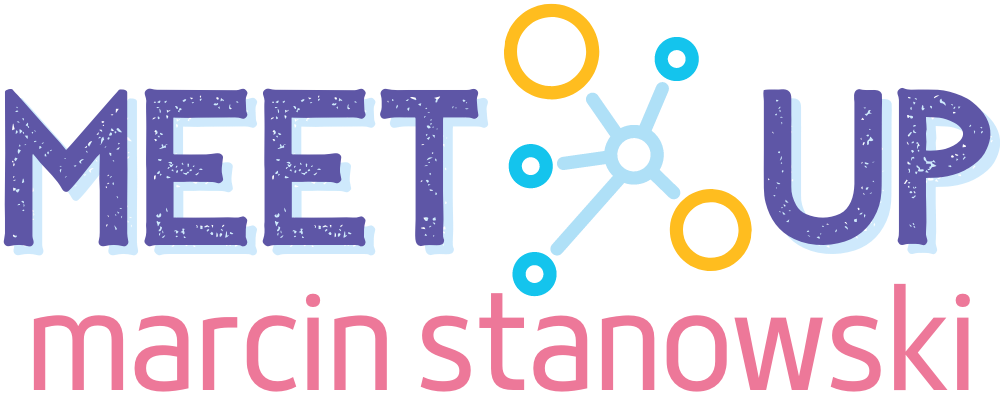Last IATEFL Poland Conference in Wrocław inspired me in so many ways. One of the most fascinating talks I attended was Chaz Pugliese’s on motivation. Obviously, I rushed to buy his book and now I’m devouring its pages in search for the ideas and solutions, and reflect on the scheme that Chaz suggests for motivation. That is GPS.

GPS stands for Groups, Priming and Surprise.
I have always been a great believer in power of group dynamics as a motivator in the classroom. I very often use elements of surprise and my students benefit greatly from this strategy, however I have not given much thought to Priming. Chaz explained that as a way of moving students into the mode of learning a language, yet he insisted that it is not a part of language warm-up activities.
It’s rather a way to establish propper rapport and work on students’ ability to focus.
I have suddenly realised, that to some extent, the activities I do with my students serve the same purpose.
One of them is a “Fly”, which is an idea from one of “How to learn efficiently” courses that I participated in a long time ago. The aim of activity is to help students focus an in a way distract them from other distractions. This mental reset I use at the beginning of the lesson, but also as a “brain break” during the lesson. This is the way it goes:
- Ask students to get up.
- Ask students to imagine a square in front of their eyes.
- Ask them to imagine that the square is divided into nine squares. (With more advanced students you can quite them through the process of creating the little squares: “Draw 2 lines going vertically from the top to the bottom of the square, dividing it into three columns. Next, draw 2 horizontal lines from left today right, dividing the square further into 9 little squares.)
- Ask students to imagine a fly sitting in the middle square.
- Students’ task is to keep focused on the fly wherever it wanders around the imagined chart.

A teacher calls out “fly goes up”, “fly goes down”, “fly goes right”, “fly goes left” on random. Students are to imagine where the fly moves and follow it until it goes beyond the chart. Then they are supposed to shout “The fly is out!”
The goal is for students to practise staying focused. The task may be used at the beginning of the lesson or as a “brain break” in the middle of the lesson. I use it between the class tasks whenever I feel that my students attention or motivation is getting weaker. Another task of this kind that I am going to present you soon is “Ship, sheet, shop”.
Tell me if “the fly” works for you:-)

